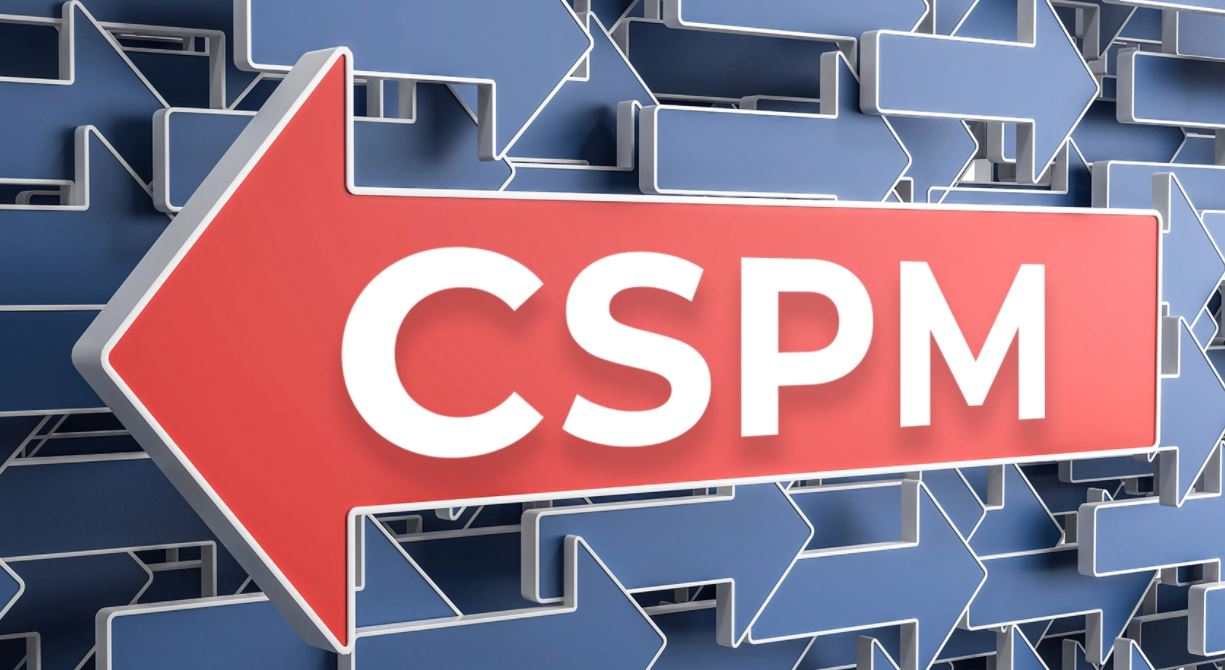Are you looking for a high-performance security management solution for your company? Cloud security posture management (CSPM) is the ideal software for data protection.
Several features are essential when looking for a cloud security posture management solution. The first is integrating with your existing security tools and processes. The solution should report on posture compliance easily and provide actionable insights into improving posture. Additionally, the solution should automatically remediate vulnerabilities and security incidents.
If you want to know more about cloud security posture management, here are the key features to look for when looking for these solutions.
Automated Cloud Security Posture Assessment
The first step in managing your cloud security posture is identifying and understanding your current posture. It can be a time-consuming and complex process, mainly if you use multiple cloud providers or have a hybrid environment.
Automated assessment tools can help by automatically identifying your cloud assets and mapping them to the latest security posture standards. It speeds up the assessment process and ensures accuracy and consistency.
Continuous Vulnerability Monitoring and Remediation
Once your cloud assets are identified, you need to monitor vulnerabilities continuously. These tools use automated scanning and vulnerability management to identify new risks and prioritize remediation efforts.
Additionally, they can alert you to new vulnerabilities and provide detailed reports on your posture status. It makes it easy to identify and remediate known risks so that new ones don’t get introduced.
Cloud Security Posture Reports for Compliance
Compliance with regulations such as PCI-DSS, HIPAA, NIST, etc., is critical in cloud security. Posture management solutions can help you automate and track your compliance status. They provide detailed reports on posture status, vulnerabilities, and remediation efforts. It makes it easy to demonstrate compliance to auditors and maintain a sound security posture.
Automated Incident Response
According to a 2018 data breach study by IBM, the global average cost of a data breach is around $3.86 million. When a security incident does occur, it is critical to have a plan for responding quickly.
Automated incident response tools can detect an attack and automatically react to it. These tools use threat intelligence, heuristics analysis, and other techniques to identify attackers within your network. Once identified, they automatically take steps to limit the attack’s impact and prevent more severe damage from occurring.
Ease of Use
Security tools are not always intuitive, especially if you are starting. So, look for easy deployment and use solutions right away. You also want one with a simple interface that allows you to see the big picture of your cloud security posture at a glance. In this way, you can quickly identify issues outside of your organization so they can be addressed.
Collaboration and Integration
Many organizations find it difficult to manage cloud security postures by themselves. You must look for a solution that includes collaboration features so you can efficiently work with your partners, whether they are suppliers or customers.
Also, look for integrations with existing security tools such as vulnerability scanners and SIEMs. You can start using the solution quickly and ensure that your current security investments are fully utilized.
Easy to Deploy
The CSPM solution you choose should be easy to deploy. It ensures that you can get it up and running quickly. Therefore, when deploying the solution, look for options like pre-configured security profiles and automation features that can save time at set-up. You may also want to consider automated discovery tools that make it simple to identify cloud assets.
Support for Multiple Cloud Providers
Most organizations use multiple cloud providers, so the solution you choose should manage security postures for all of them. It should also work with various cloud platforms, including public, private, and hybrid clouds. It ensures that you can use the same tool for all of your clouds and get the most out of your investment.
Automated Asset Identification and Classification
One of the most time-consuming tasks in cloud security is identifying and classifying assets. It is especially true for organizations expanding their cloud usage or having a complex environment. Automated asset identification and classification can save considerable time and ensure accuracy.
It would be best to look for a solution that uses machine learning and other techniques to identify and classify assets automatically. It gives you better visibility and helps stop threats before they can do damage.
Threat Intelligence Capabilities
Threat intelligence is critical in cloud security because threats frequently originate outside the organization. By leveraging threat intelligence, CSPM solutions can help identify potential attackers within your network and take steps to stop them before they can cause damage. You must look for a solution that includes robust threat intelligence capabilities so that you can stay ahead of the latest threats.
When considering a CSPM solution, these are the key features to look for. By choosing a solution that offers automated assessment, continuous monitoring and remediation, compliance reporting, and automated incident response, you can ensure that your cloud security posture is under control at all times.

